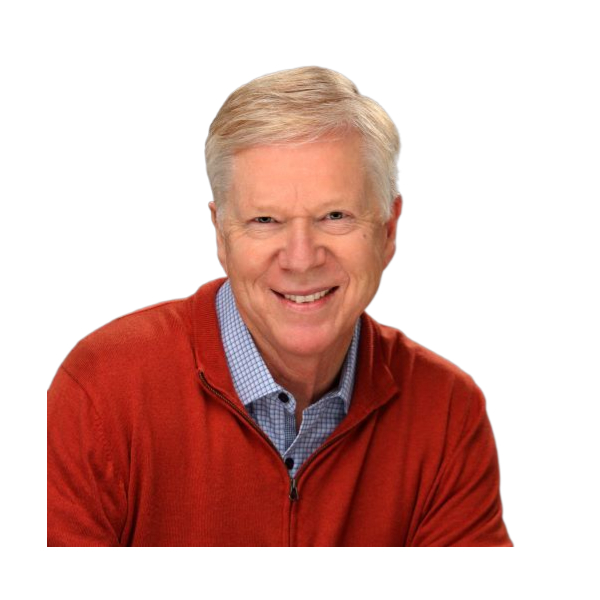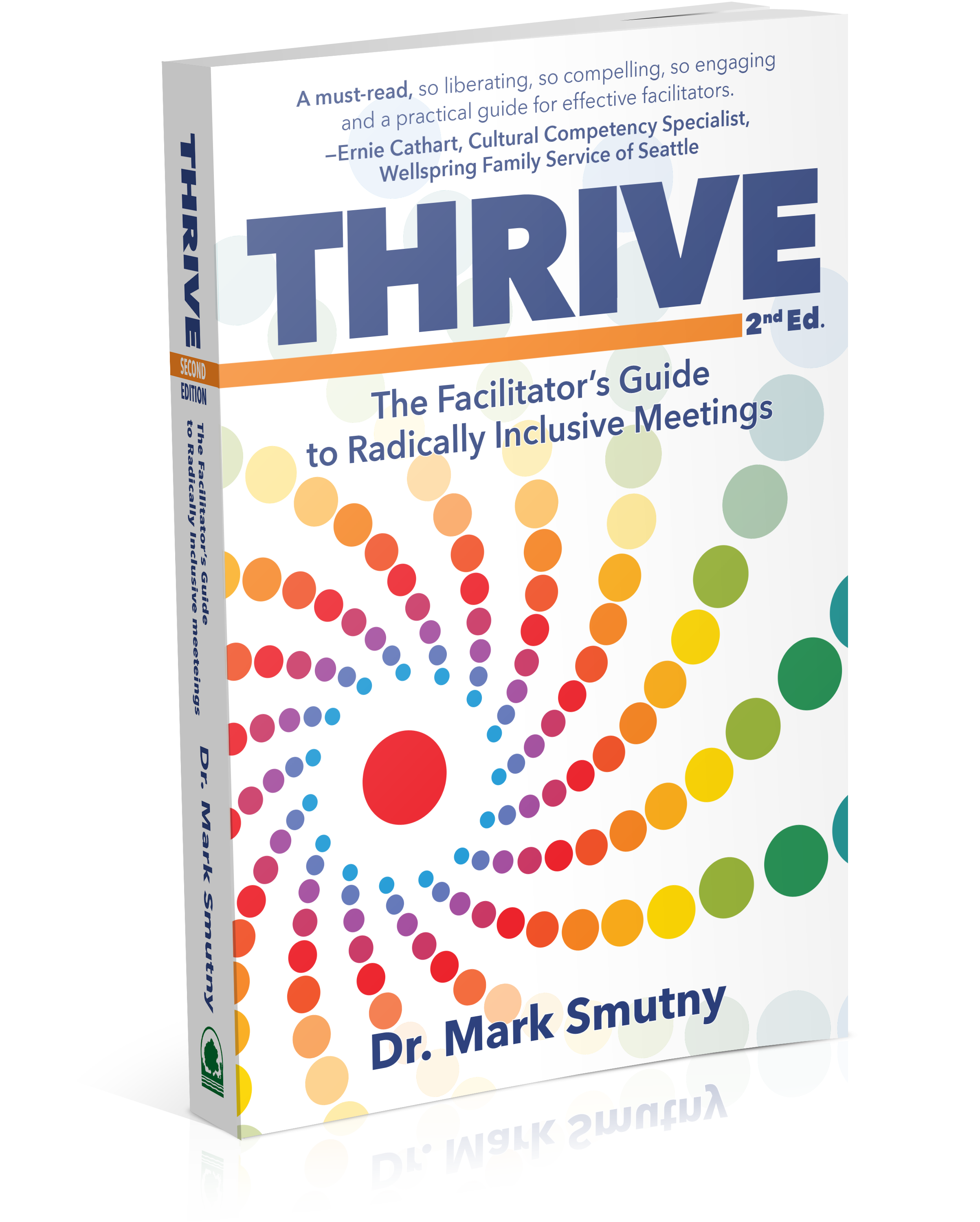The Timeline Exercise and the Path to Greater Organizational Health
Introduction
The timeline exercise is a great way for an organization to discover new energy, heal wounds, or come to terms with unhealthy behaviors. The exercise highlights patterns of internal and external conduct as if in a rearview mirror. By recognizing these patterns, a group can choose new, healthier behaviors. The exercise takes about two hours and every time I use it, people are grateful for the results.
Organizational History Recreated
The timeline exercise reconstructs an organization’s history through the collective memory of the group. It examines how the economy, political events, technological change and local factors shaped the organization during that time. Groups also look at their activities, decisions, leadership changes and new initiatives in the same period. They look at times of lethargy and decline, and moments of strength and innovation. Insights emerge with mindfulness of environmental circumstances and internal performance. Groups bond, get excited, and discover they can reinvent best moments. They imagine a healthier, more robust future. When combined with other planning methods, such as strategic planning, the timeline exercise helps an organization develop a roadmap for ongoing success.
How It Works
No matter what size group you are working with, conduct the timeline exercise in a room with a long wall. Before the meeting, attach a long sheet of butcher paper to the wall. If you need to, run the paper along one wall and around the corner onto a second wall.
In a bold color across the top, write five‑year intervals, such as 1990, 1995, 2000, 2005, 2010, 2015, 2020, 2024 with big spaces between years. In a column on the paper’s far left edge, list the following, with lots of room between each heading: Nation and World, Economy, Neighborhood and the organization’s name.
| 1990 | 1995 | 2000 | 2005 | 2010 | 2015 | 2020 | |
| Nation and World | |||||||
| Economy | |||||||
| Neighborhood | |||||||
| Our Organization |
Seat participants in a semi-circle in front of the wall and give a marker to each person. After you provide directions, invite everyone to come forward to write information on the butcher paper. Cross talk at the wall is part of the fun of this exercise and builds energy for the rest of the event. If the group is too large for everyone to come forward, invite them to remain seated while they call out items for a scribe to write on the timeline.
Have the group begin by writing key national and international events on the wall under the appropriate years. Groups typically list wars, cultural events, and changes in the American presidency. Next, invite them to record economic developments in the various timeframes: recessions, recoveries, real estate upturns and declines, periods of new construction, periods of boom and bust, and technological changes. Third, have the group list local or neighborhood events. These might include changes in city leadership, racial unrest, new planning initiatives, and businesses opening or closing. Local dramatic events get listed here too, such as shootings, plant closures and new highways that eliminated a neighborhood or cut a community in half. Recording these events shows the group the external context in which they have operated.
The Most Important Part
The most important part of the timeline exercise happens next: the group records its organizational history on the butcher paper. Stories emerge of when the group was first organized, who was involved, and the excitement that fueled their beginning. Leadership changes are noted and major decisions listed. People record when new ventures and programs were launched and when decline set in.
Moments of discovery happen as the group sees key internal events in the broader context of what was happening locally, nationally and globally. The facilitator asks the group, “What do you notice?” or “What do you wonder?” and waits for participants to share. Insights pour forth. When sharing stalls, the facilitator asks, “What else do you notice?” “What is emerging for you now?” “Who hasn’t shared their insights?”
Asking such questions leads to ah-ha moments. Eureka! The group discovers patterns in their behavior. They see how the broader context contributed to vibrancy, decline or stasis.
Reinvention is Possible
Context profoundly shapes the way organizations make decisions. The purpose of the timeline exercise is to become more mindful of context, combined with awareness about the patterns of behavior in a group. The strengths of the past can form the foundation of the future. Its problems need not be repeated. With self-awareness, groups can change the future. They can choose to write new chapters, reinvent themselves, and thrive.
 More Insights
More Insights
For more insights and resources on building organizational health, visit my website at https://civicreinventions.com. Feel free to reach out via email at mark.smutny@civicreinventions.com or give me a call at 425.405.5615. I am committed to personally responding to every inquiry.
Dr. Mark Smutny, an award-winning author and nonprofit consultant, specializes in conflict resolution services and guides nonprofits toward mission success. His book, Thrive: The Facilitator’s Guide to Radically Inclusive Meetings, 2nd Ed., offers valuable insights into creating inclusive and effective meeting spaces.

